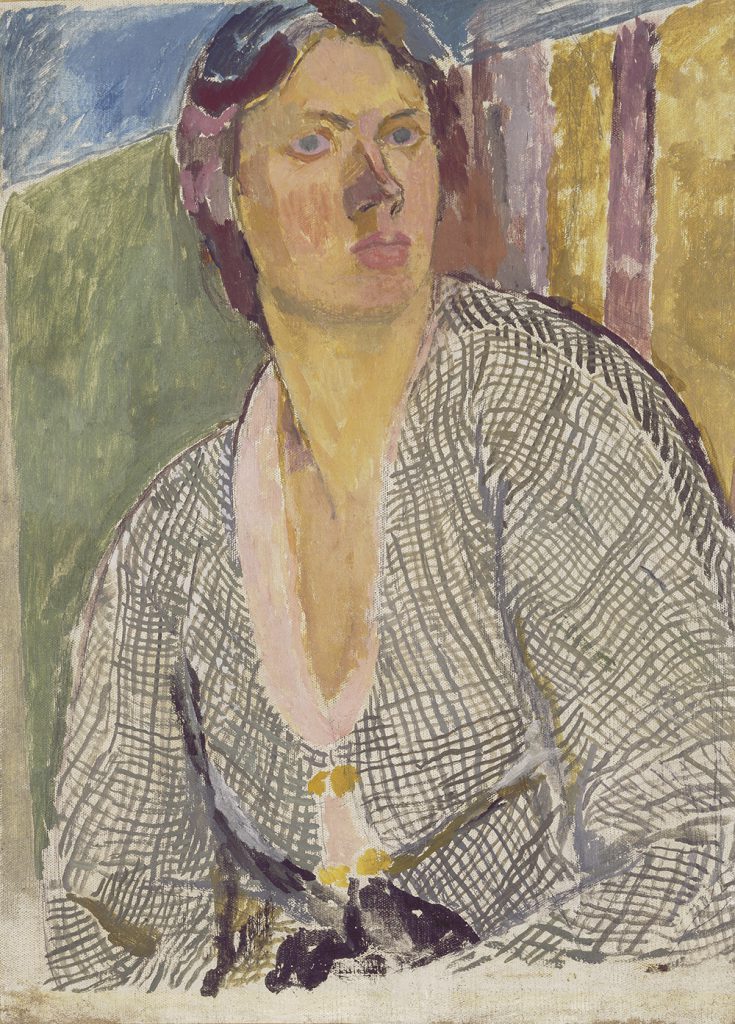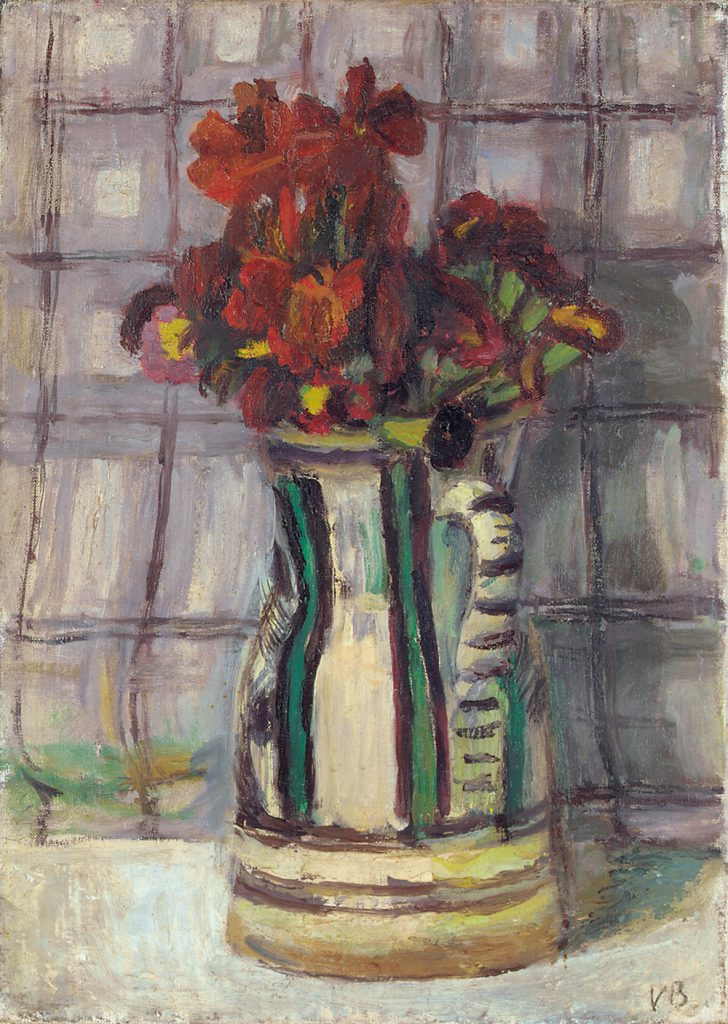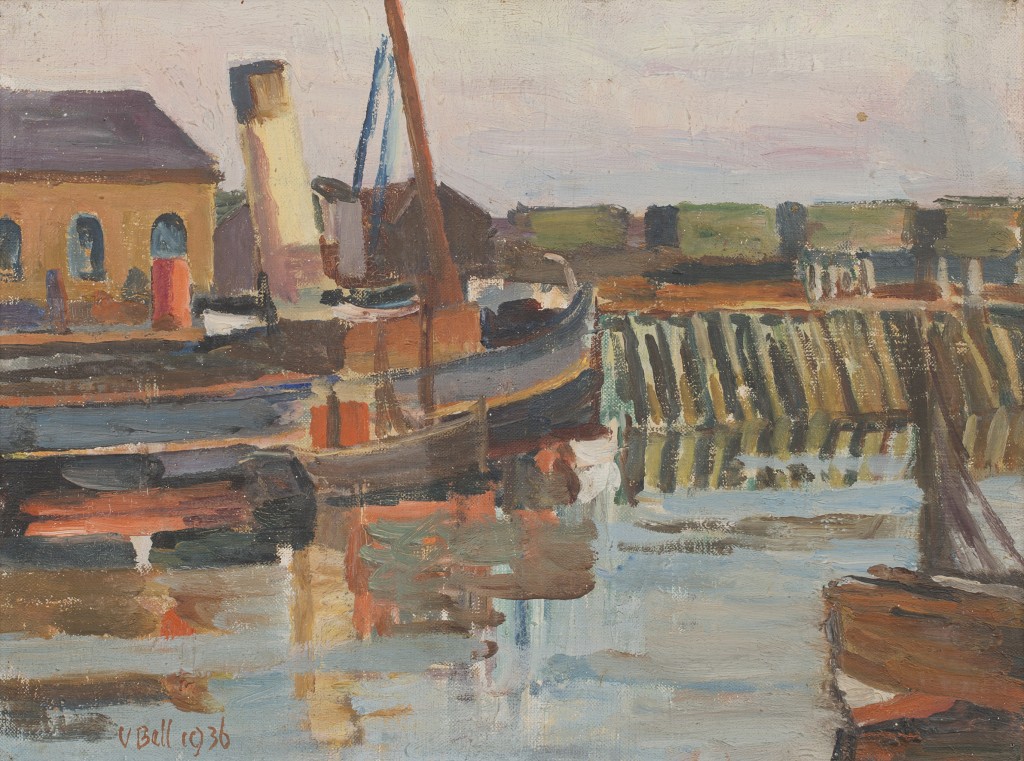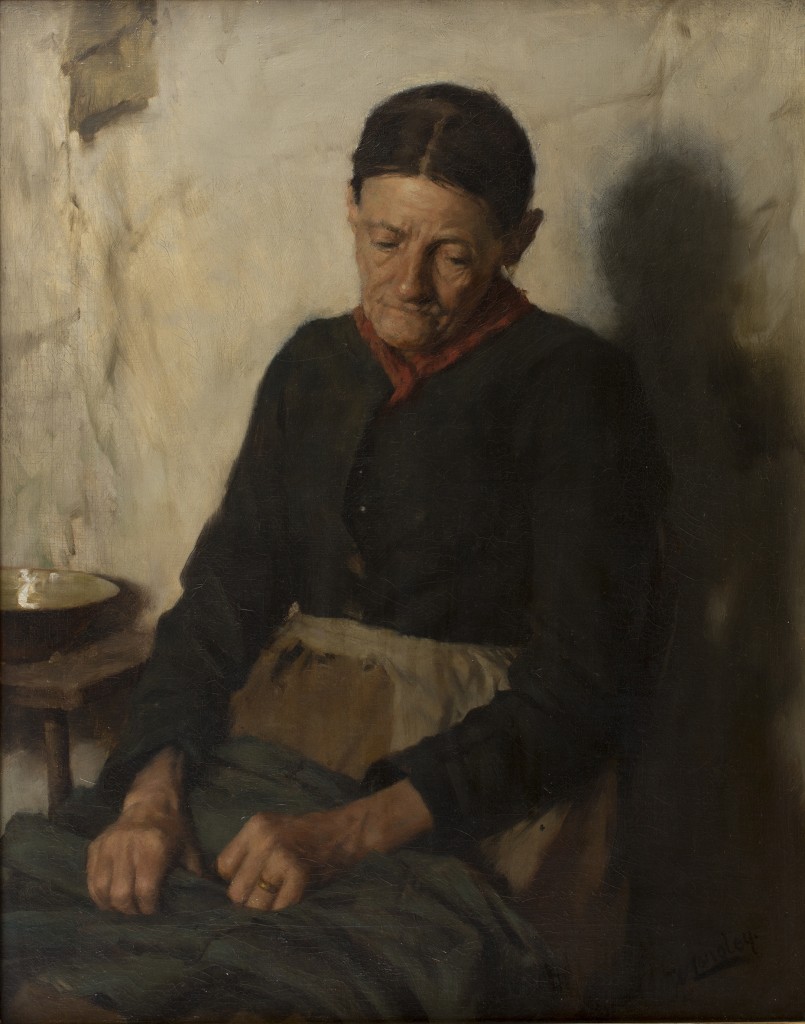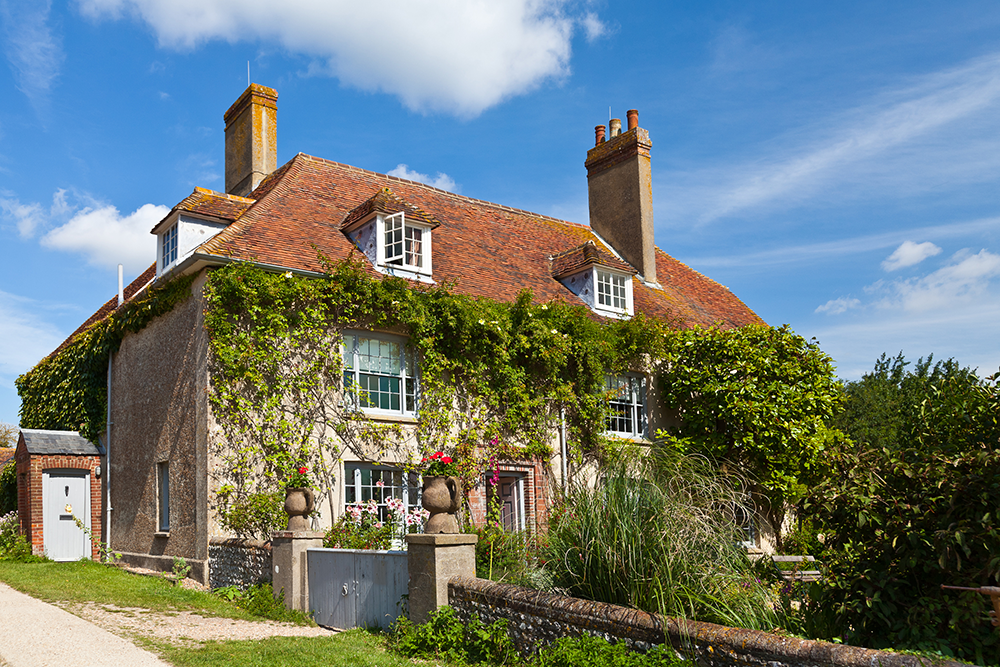
A still life oil painting by the famous Charleston and Bloomsbury artist Duncan Grant is to be sold at Toovey’s in aid of the Sussex Heritage Trust at 10am on Wednesday 30th November. It carries a pre-sale auction estimate of £6000-8000.
Through its work and awards the Sussex Heritage Trust promotes and encourages best practice in our county’s built environment and landscape.
The oil on canvas, titled Still Life with Bloomsbury Chair and Spring Flowers was donated to the Trust by Peter Carreras, a distinguished Sussex artist and printmaker, and his wife, Greta. It is believed that they purchased the painting in 1972 at The Ringmer Festival organised by the philanthropist Ian Askew.
Duncan Grant’s painting provides a very British voice to the influences of Post-Impressionism. It depicts a handmade jug, of the type made by both Duncan Grant and Vanessa Bell, filled with flowers upon a painted Bloomsbury chair. His handling of the paint and the joyous palette is reminiscent of Bloomsbury and although a later work it is a fine example. A very similar chair can be seen in Duncan Grant’s studio at Charleston House in Sussex and is thought to have been painted by Richard Shone in 1970.
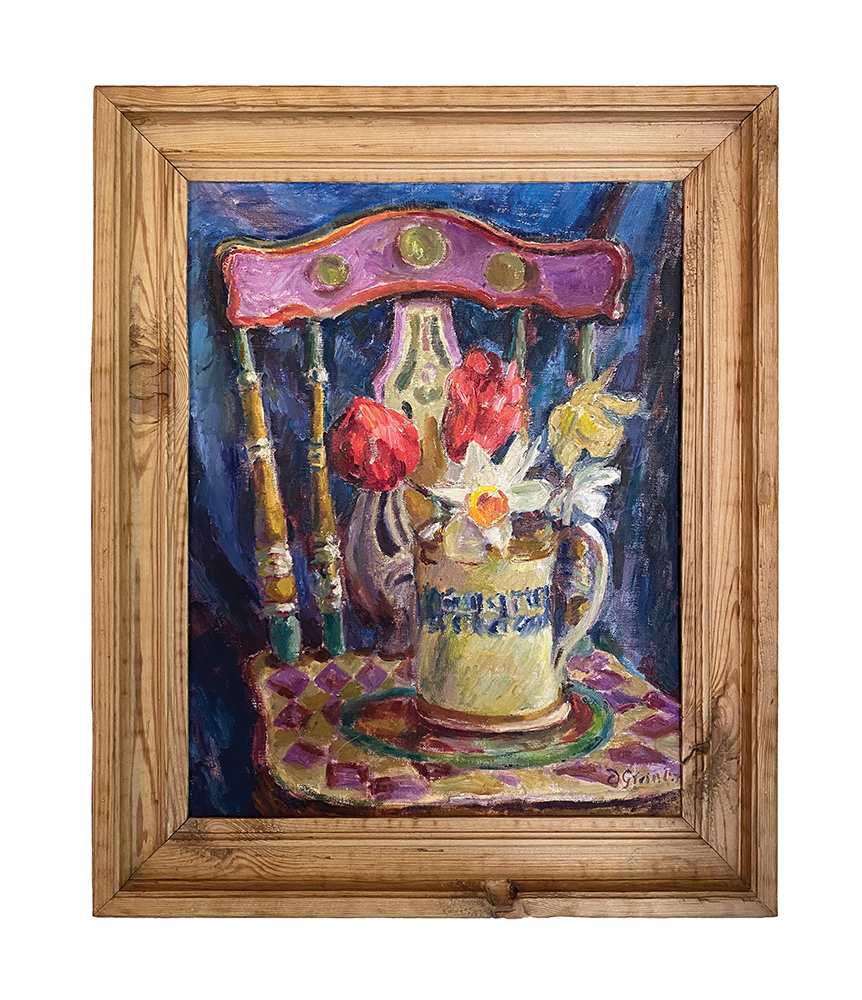
It was Vanessa Bell’s love for Duncan Grant and her sister Virginia Woolf which brought her to Sussex during the First World War. Vanessa was living with the artist Duncan Grant, and his lover David Garnett, at Wissett Lodge in Suffolk when her sister, the author, Virginia Woolf, wrote to her in the May of 1916. She extolled the virtues and potential of Charleston house near Firle in East Sussex. Virginia explained that not only did Charleston house need a tenant but that the neighbouring farmer was short of ‘hands’ to work on the land. Duncan Grant and David Garnett needed to be essentially employed on the land to avoid being called up to fight in the Great War or the prospect of gaol as conscientious objectors.
They covered the walls and furniture at Charleston with painted decoration. Duncan and Vanessa painted those who visited, the countryside around them and scenes from their home as can be seen in this still life.
The Sussex Heritage Trust’s work is important in promoting best practice in our county’s built environment and landscape whilst encouraging and supporting talented young people into careers in conservation, building and horticulture. I feel sure that the sale of this beautiful Duncan Grant Still Life will bless the Trust and its work.
